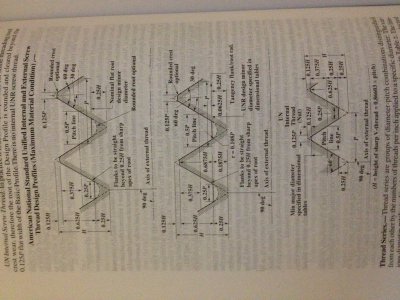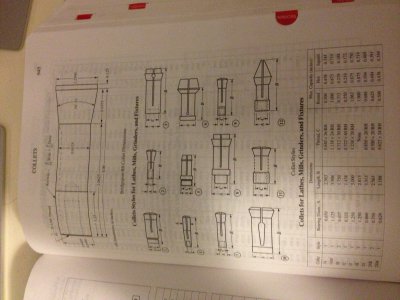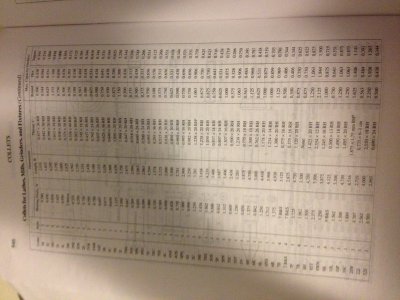4
4GSR
Forum Guest
Register Today
I hijacked this from another site. The person that posted it apparently worked for Hardinge or had inside contacts that got him this information.
In some of the older Machinery's handbooks, like the 11 th or 12 th edition, they have a couple of pages devoted to the different collet types and some of the basic dimensions for identifying.
If you dig deep enough on Hardinges website, they used to have some dimensional information available, too.
Ken
In some of the older Machinery's handbooks, like the 11 th or 12 th edition, they have a couple of pages devoted to the different collet types and some of the basic dimensions for identifying.
If you dig deep enough on Hardinges website, they used to have some dimensional information available, too.
Ken




